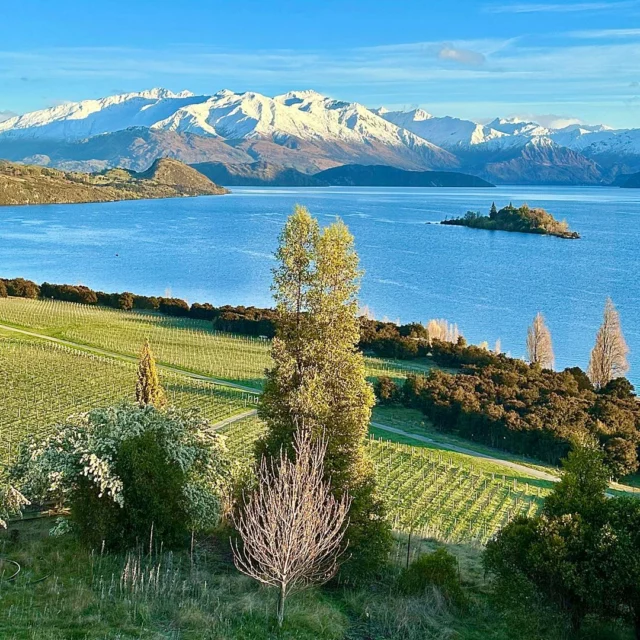2023 Vintage Overview
Updated Jan 2025
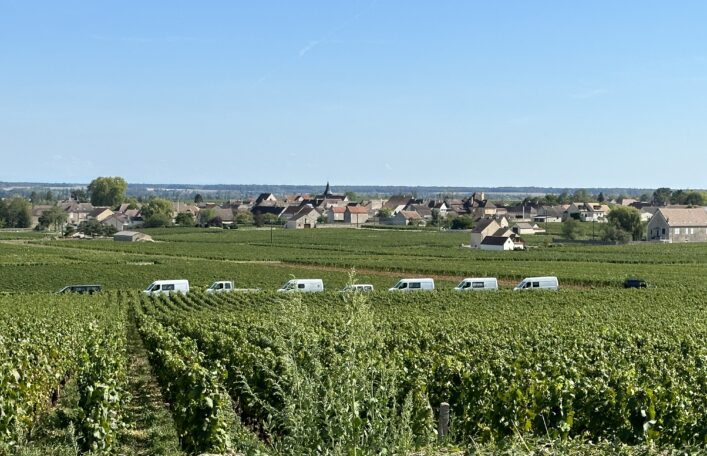 Puligny at harvest time
Puligny at harvest time 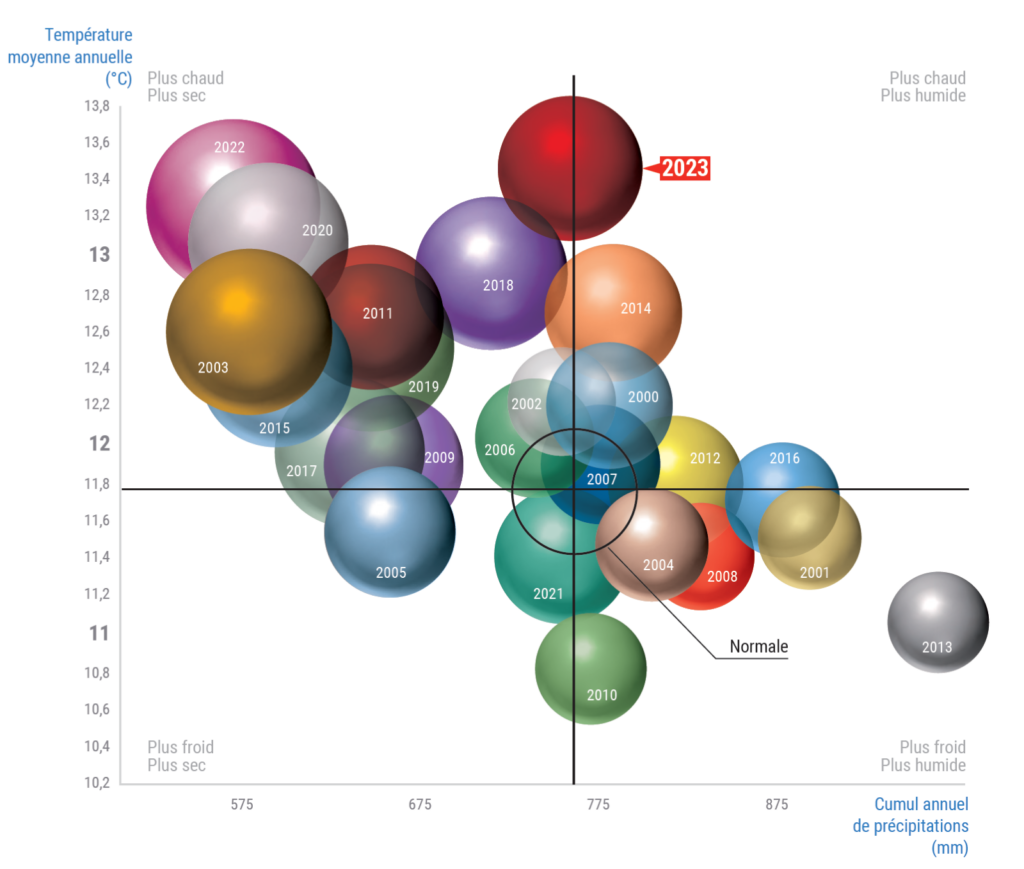
Autumn & Winter
We felt very worried when the last week of October 2022 proved to be gorgeously sunny and very warm. It felt as though harvest should have been in full swing then, instead of having been completed two months earlier! Rain was desperately needed and a cold winter to boot.
Temperatures calmed down in November and mixed weather through the month did bring a little rainfall. One short burst of properly cold weather in mid-December, with even a little snow, but the rest of the month and most of January was tediously mild, and still with inadequate rainfall. February, at least, brough much needed colder weather, with many a morning frost, and a hope of slowing down the onset of vegetative growth. But the ground was desperately dry, with the river that flows at the foot of our garden merely trickling, looking more like its mid-August self.
March continued in similar fashion, with a little more rain, though nothing significant, and slightly higher temperatures, though these were more a case of a day or two at a time, rather than the dangerous balmy week that prepared the way for so much damage in 2021.
Spring & Early Summer
The early days of April were very cold, following the pattern of recent years, and it was necessary to take precautions in Chablis – where unfortunately two new generation wind turbines which incorporate a heating function caught fire and burnt up. Frost damage though was minimal both in Chablis and further south. The weather was reluctant to warm up significantly, and damp conditions gave rise to considerable mildew pressure, continuing through the first half of May. It was increasingly a struggle for growers to get their work done in the vineyards, especially as one day’s spraying might be washed off by sporadic down pours the following day which had often not been forecasted.
The change of the moon around 19th May brought in a month of hot dry weather which soon got the season back on track. Growers still needed to be watchful for both mildew and oidium, but most seem to have managed the disease risks successfully – without the horror stories which emerged from Bordeaux and elsewhere.
The flowering came and went very rapidly in fine warm and dry conditions, without excessive wind, so was largely successful. At this point, the vines looked healthy with quite a substantial fruit set, though with differences between chardonnay and pinot noir. The whites developed unusually long, large bunches with wider spacing between grapes after a little coulure, where potential grapes abort immediately after the flowering. The red crop was heavier, with fat bunches in a much more compact format, without the looser spacing of the chardonnay, which might subsequently increase the risk of rot.
Mid Summer
Humid conditions returned in mid-June, with some storms, occasionally with mild hail – there was one such event in the early morning of Monday 19th June, mildly affecting some parts of the Côte de Nuits (Chambolle, Clos Vougeot, Echezeaux). Another major storm, following a burst of hot weather in early July, arrived in the evening of Tuesday 11th July, and this time there was some damage, especially in Rully, and on a path which set out from St-Aubin, crossed over the crest into Blagny and then dropped down to Meursault. Even where damage was significant it was mostly mitigated by the initial large crop set. Cheerful growers described the hail as being nature’s way of helping them with a green harvest.
The weather cooled a little in the second half of July while the first part of August proved to be almost cold at night, requiring sweaters to be pulled out in the evening. On some days the temperature barely exceeded the mid-teens in Celsius. The weather was relatively humid as well, with frequent showers, as the prevailing wind continued predominantly from the west (in stark contrast to the years 2016-2020, which were typified by an alternation between north and south). Ripening could proceed steadily, but slowly. Thoughts of starting to pick before the end of August receded.
August began to feel properly like August from the middle of the month with a brief heatwave from Thursday 17th for a week or so, heavy, clammy conditions which made one fear for a storm. This never materialised, but the conditions suggested that rot might yet become a problem, in the pinots. Having flirted with 35oC earlier in the week, the pattern broke on Thursday 24th with a showery weekend to follow.
Harvest Heat – and When to Pick?
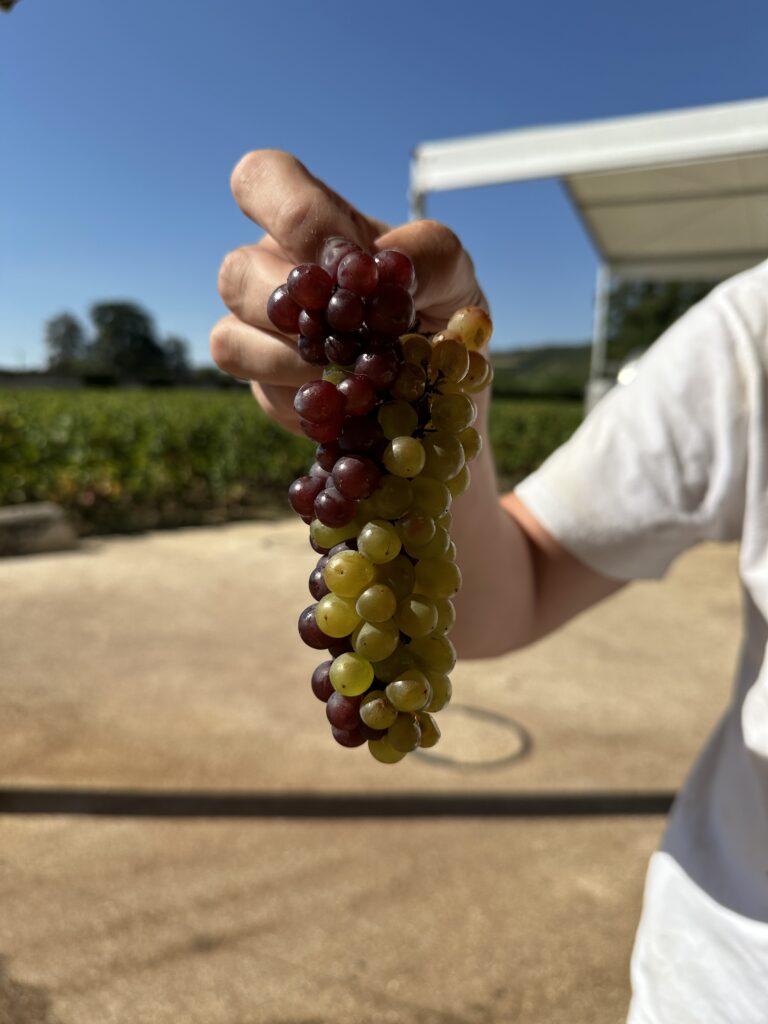
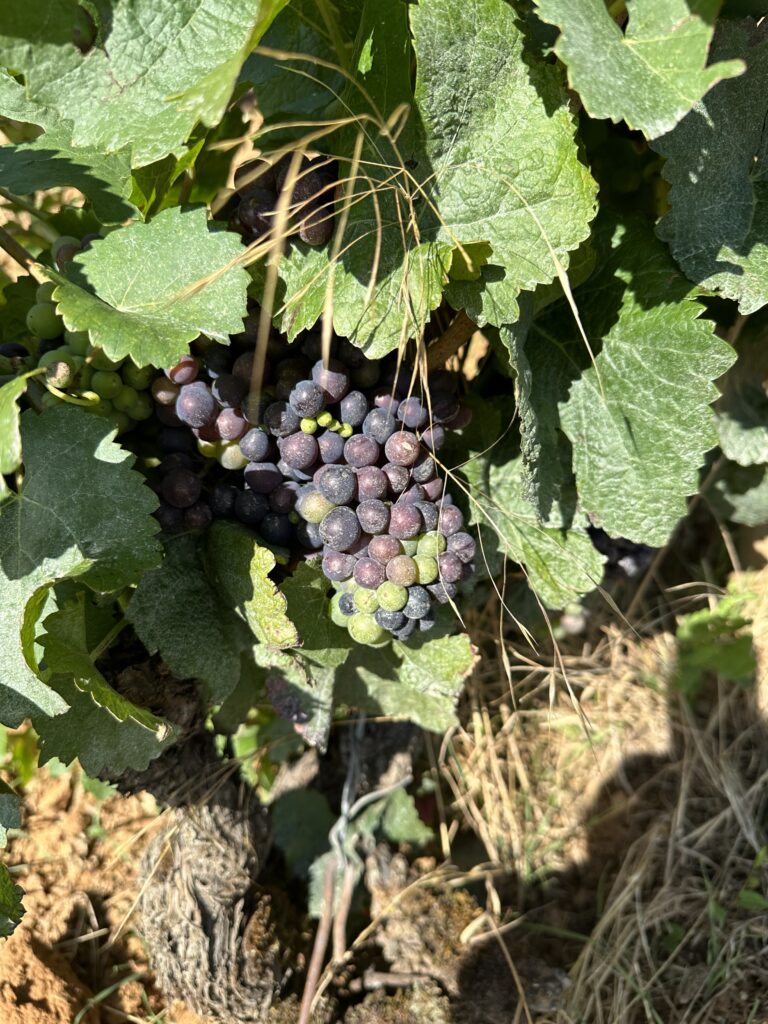
The local paper was suggesting that most people in the Côte de Beaune would begin between 5th and 10th of September, but in fact there was a first wave of pickers who began as early as Thursday 24th August. There are always some who pick earlier than others, after which the numbers steadily pick up, making something of a bell-shaped curve. In 2023 the story appears to be slightly different, as there seem to be two groups. Domaines Leflaive, Lafon, Latour-Giraud, Roulot, Ente, Sauzet, Dancer, Lamy were among those who began at the start of the last week in August. Many others prepared to wait until the middle of the first full week of September, starting the 5th, 6th or 7th, thus 10 days after the early birds. Others later still: I came across at least one grower in Meursault who started on 24th August while another did not begin until 14th September, a difference of three weeks in starting dates within the same village.
The choice in the Côte de Nuits was based around whether to start during the ‘dog’ days’ or to wait until after the small storm which arrived on 12th September. Producers were pleased that the heat had come to an end, and more welcomed the freshening up of grapes which were still on the vine than regretted any possible dilution. The weather did become more variable, with further stormy sessions, after Saturday 19th September.
How best to handle the size of the crop
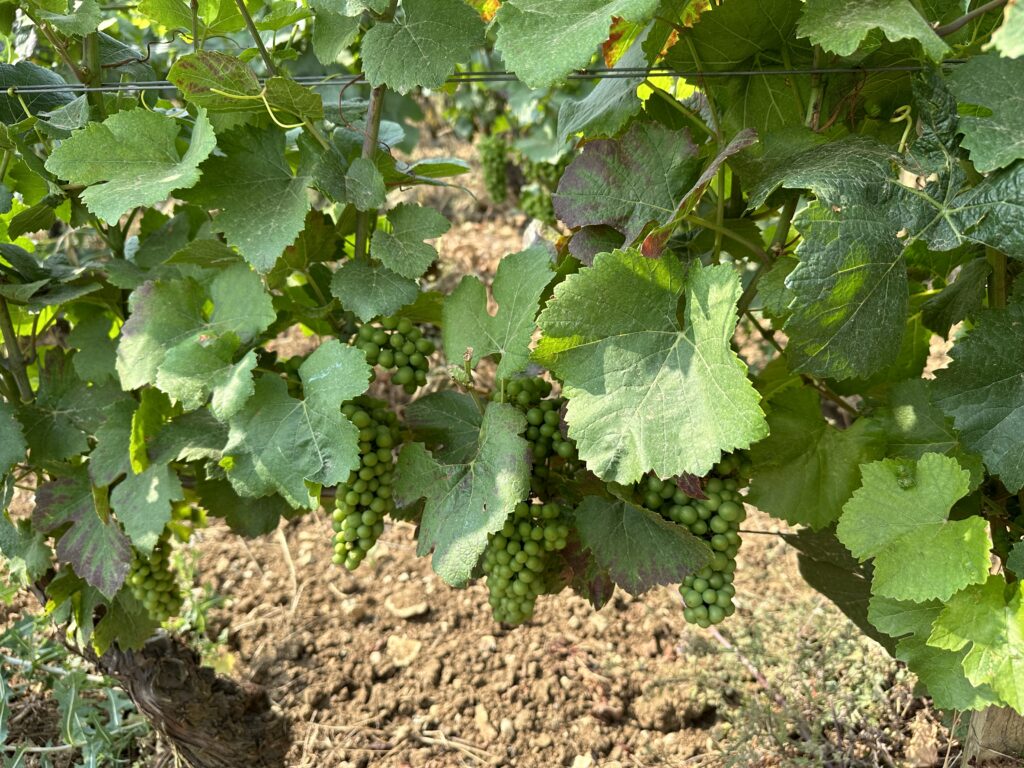
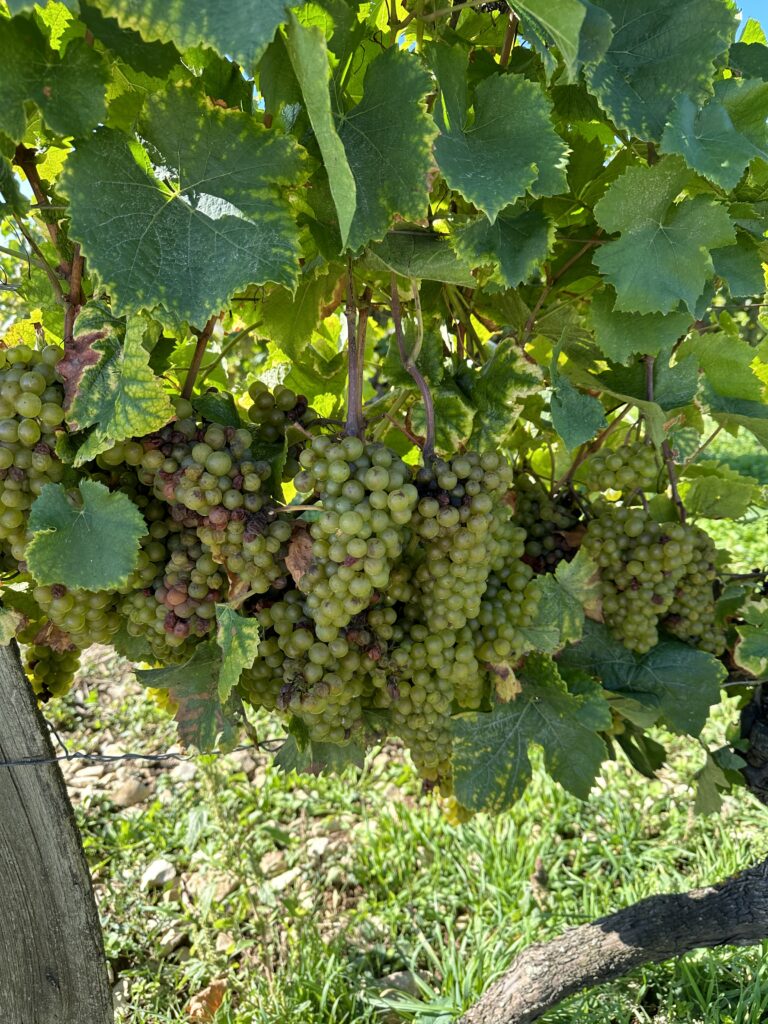
The Chardonnay grapes were keen to produce a large crop, but it was the pinot noir which seemed determined to break all records – to the extent that I came across a number of plots which were not harvested at all, or else picked very late once the first fermenting vats had been freed up to receive a second load. The good old boy type producers who did nothing would really have struggled to ripen their grapes before they rotted. Even some serious people who quoted yields of 45-50 hl/ha also said that they chucked away a good 30% of the crop at the sorting table. If you throw out 30% and finish at 45-50, then you probably picked 75-80 hl/ha!
There is nothing to beat solving the problem before it happens, and for this a strict debudding program in the early spring is the ideal – rub out all those which may be surplus to requirements. Several producers told me that when you do this, there is no subsequent attempt by the vine to compensate.
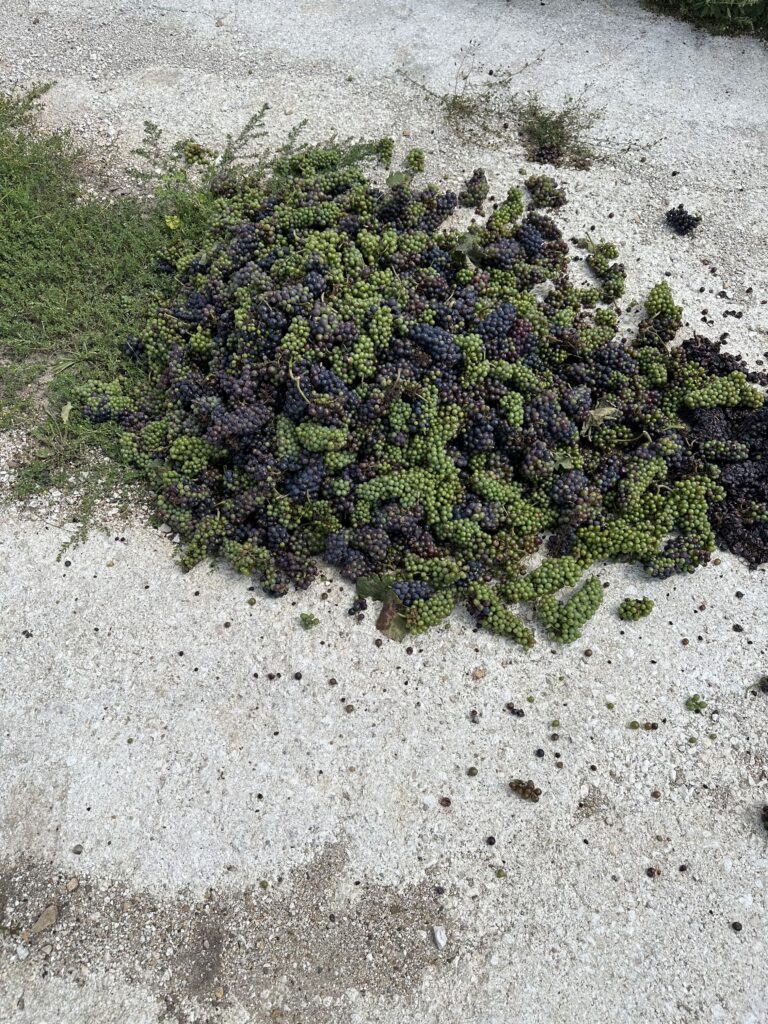
With these outsize yields, nobody had any compunction about throwing away any bunches (and the whole bunch, not just dubious parts of it) for reasons of under-ripeness, rot (not much), acetic rot (caused by the activities of the drosophila Suzukii), or grilled grapes.
Any issues with fermentation and maturation?
Last year, producers denied slow or stuck fermentations in 2022 but said that 2023 was trickier. This year, people were much more reticent on the subject and only a few admitted to long drawn-out fermentations or stoppages. Purists will not have considered doing so, but quite a large proportion of producers, especially those with large volumes to handle, will have corrected acidity judiciously, usually at the time of fermentation. This only really matters if the wines show any signs of clumsy acidification, out of kilter with the rest of the wine.
In red wine vinification, choices on the inclusion of stems were variable. Several producers who sometimes use them did not do so at all in 2023, either for reasons of space, or because they preferred not to for stylistic reasons, or because acidity levels were already low and the use of stems tends to increase pH readings.
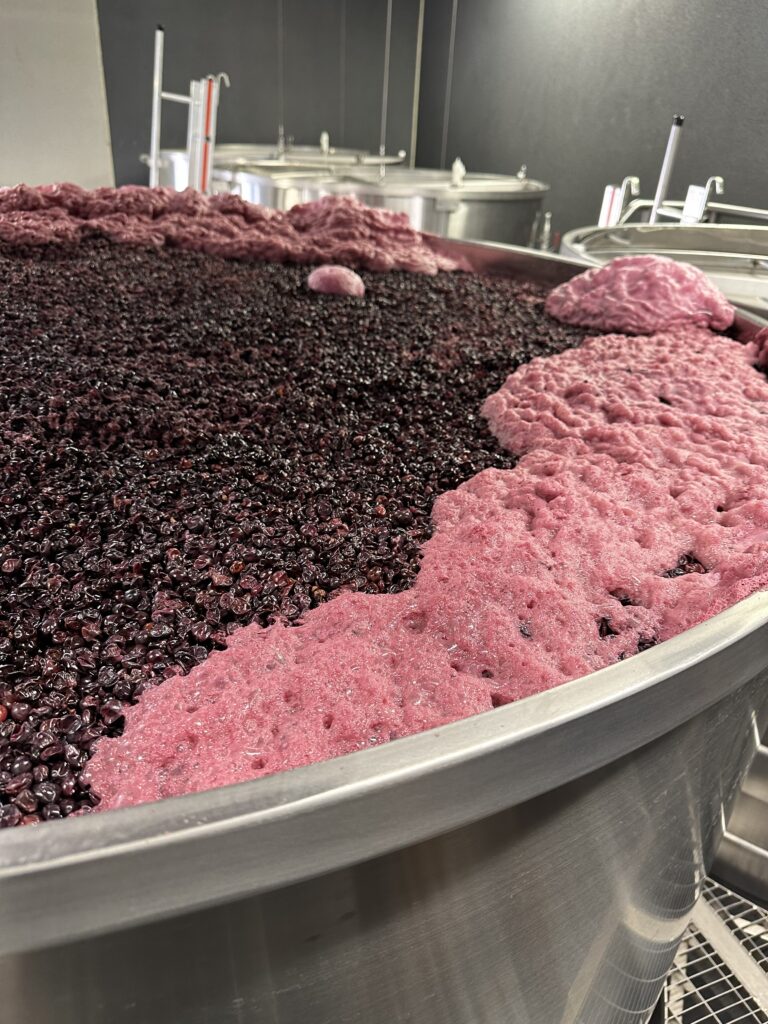
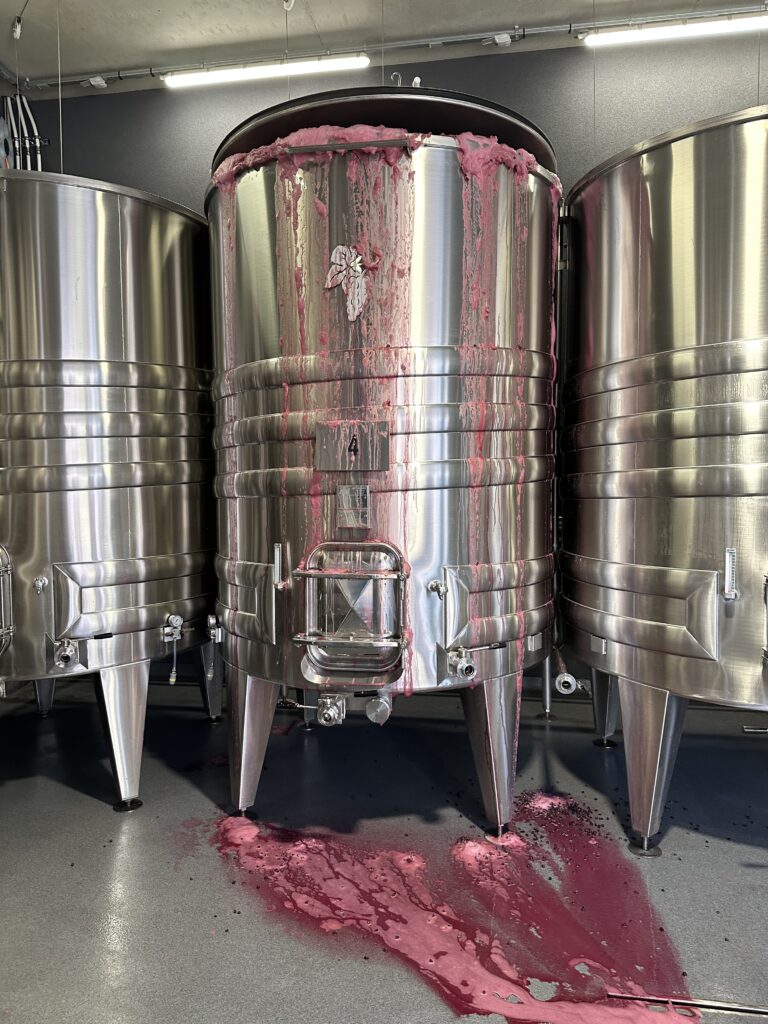
There was considerable pressure on vat space during vinification and barrels thereafter. Some preferred to limit the length of elevage given the fruit forward nature of the vintage. But rather more have been tempted to extend the time in barrel, given how well the wines seem to be responding to their elevage, and indeed because the barrels are not all needed for the tiny 2024 crop which follows.
How good are the wines? What sort of style?
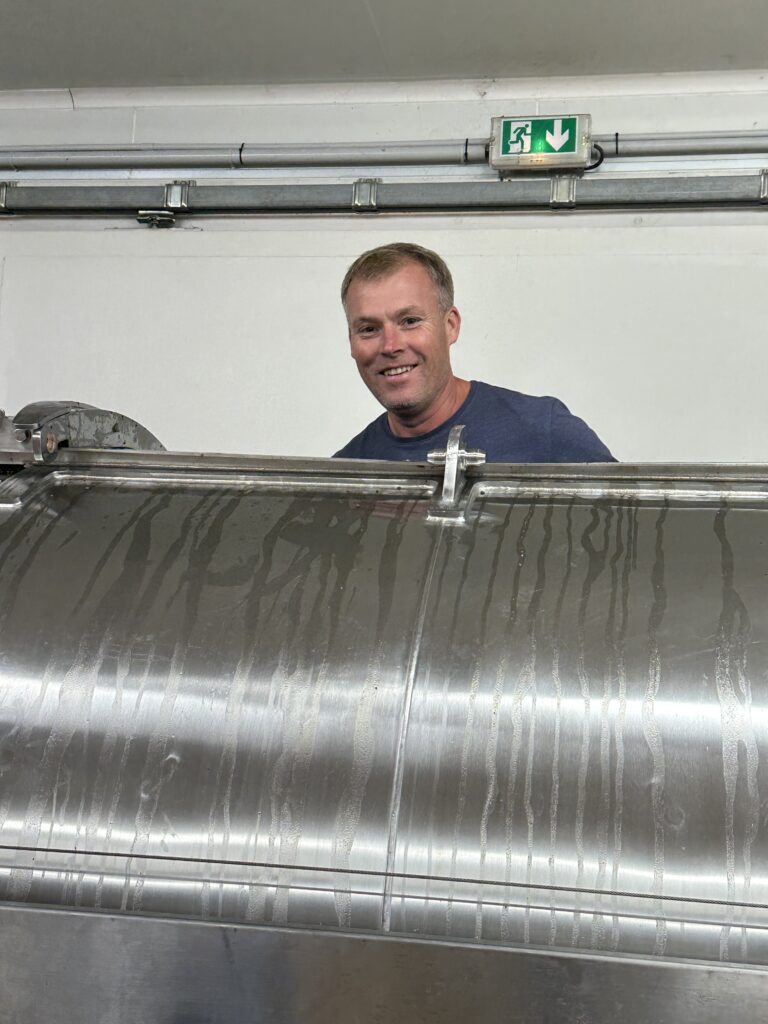
There are few hot or alcoholic wines, but many have at least a suggestion of sunshine in some riper aromatic notes, which I sometimes characterise as tendrils of honeysuckle. Much will depend on what style of wine you like. The September heatwave sometimes has led to a softer style of wine, but has also mitigated against any sense of dilution.
The picture is more mixed for the reds – pinot noir is less comfortable with high yields, and the crop levels were if anything higher in pinot than chardonnay in 2023. Fortunately, the experience of 2017 has shown that at least it is possible to ripen a large crop of pinot these days. There are some absolutely lovely wines and some which just miss.

Many, though, are absolutely charming in an agreeably juicy style – lovely to drink young, not very high acidity, refined tannins, and full of fruit. At this early stage, it looks as though there will be a higher percentage of successes in the Côte de Nuits rather than the Côte de Beaune.
One thing I can repeat exactly what I said for the 2022 vintage: Alcohol levels are where they should be, the vast majority being offered between 12.5% and 13.5%, though often nearer to 13%, with only a few rare excursions above 14%. It was uncommon to find any excess of alcohol while tasting the wines.
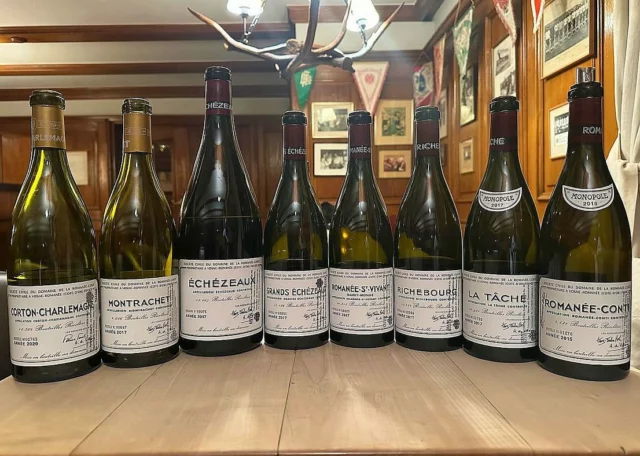
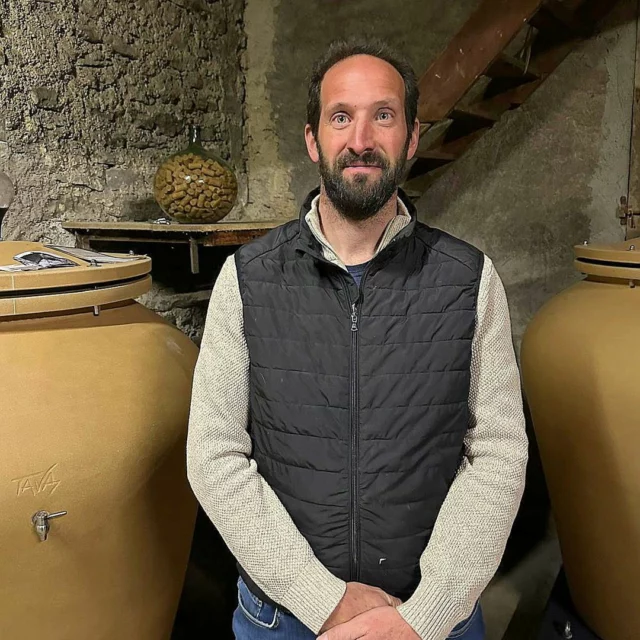

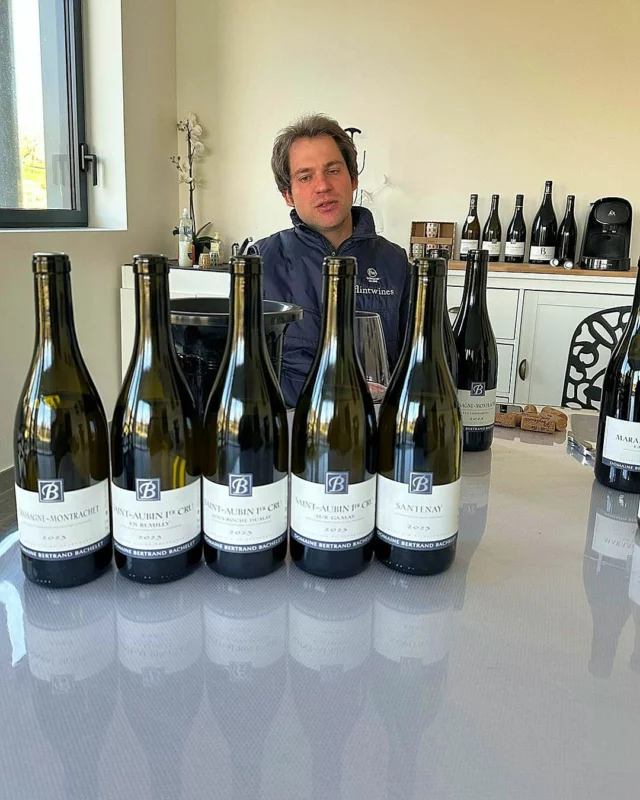
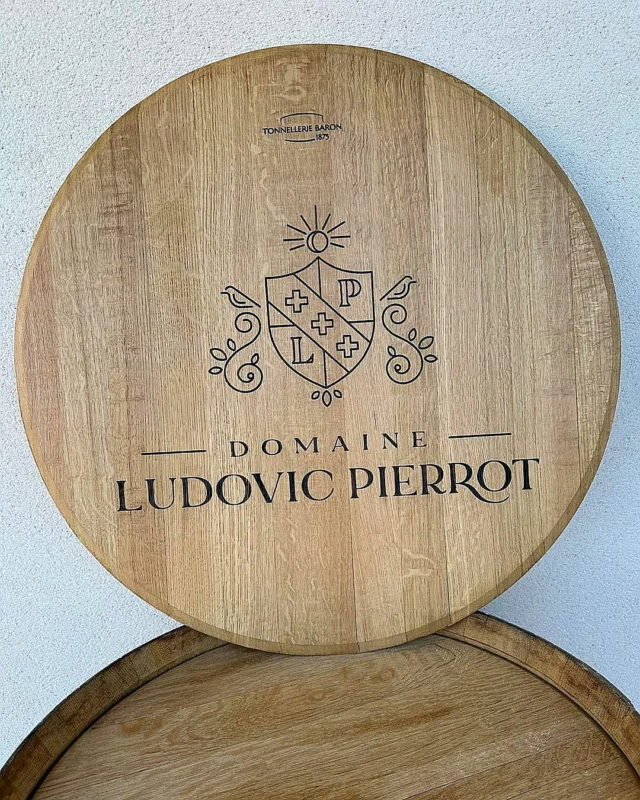
 NEW TASTING REPORT
NEW TASTING REPORT
 Rippon: T
Rippon: T